Seven Schools
For a long time, I have loved Ikibana – the Japanese art of flower arranging. A recent change in my living arrangements freed up some time, so I decided to finally look into this art form that had so piqued my interest. Much to my delight, I discovered that there was an upcoming Ikebana exhibition in San Francisco’s Golden Gate Park the following weekend. Off I went to show, and was rewarded with amazing arrangments, many styles, and artisans who where happy to share their knowledge and approaches.
The history of Ikebana reaches far back in Japanese history – all the way to the 6th century when Buddhism came to Japan. People would spread flowers on the graves of the dead to honor them. It started with the spread of petals, but later became full arrangements. In the 10th century, one priest from the Rokkakudo Temple in Kyoto became reknown for his arrangments. Since he was by a lake, ‘Ike’, and a priest ‘Bo’, and ‘No’ means of the, ikibono loosely translates to priest of the lake. Later on, Ikebono moved beyond its religious origins into palaces, then into formal tea cerimonies and finally into homes.
The earliest style was Kuge, which emphasises simplicity with a few flower stems and branches (typically 3, representing the harmony of man, heaven and earth - the photo below is in this style). Later, the Rikka style was developed which had 7 stems, representing the different elements of nature – peak, hill, waterfall, town, valley, sunlit side, and the shady side. In the 19th and 20th centuries, the rules increasingly were relaxed and a plethora of styles emerged each championed by their attendant schools.
Here is a quick rundown of the the schools presenting at the show, and a little bit about each one:
Ikenobo School (Founded 900’s)
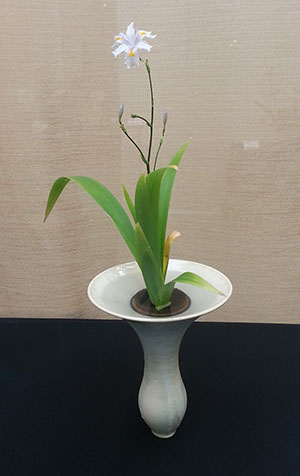
- Original school from the Buddhist temples
- Remove from nature
- Buds are the most beautiful part as the represent the promise of life
Enshu School (Founded 1400s)
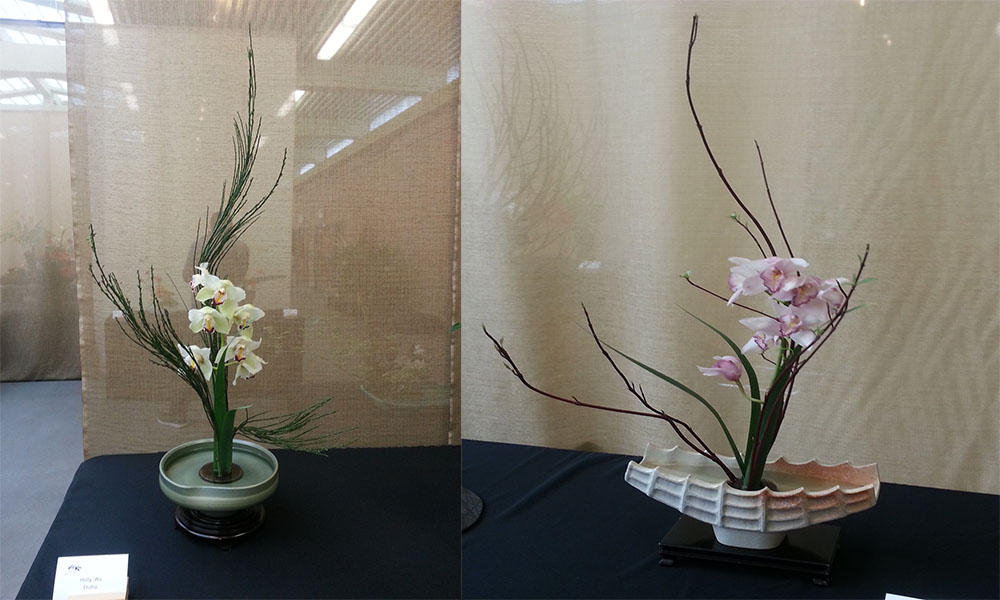
- Founded in 1400s in imperial Court by Kobori Enshu (an architect)
- Emphasises curved lines through extensive plant training. This can go as far as inserting tiny wedges in the stems to curve them.
- Shows beautiful containers
Ohara School (Founded Late 1800s)
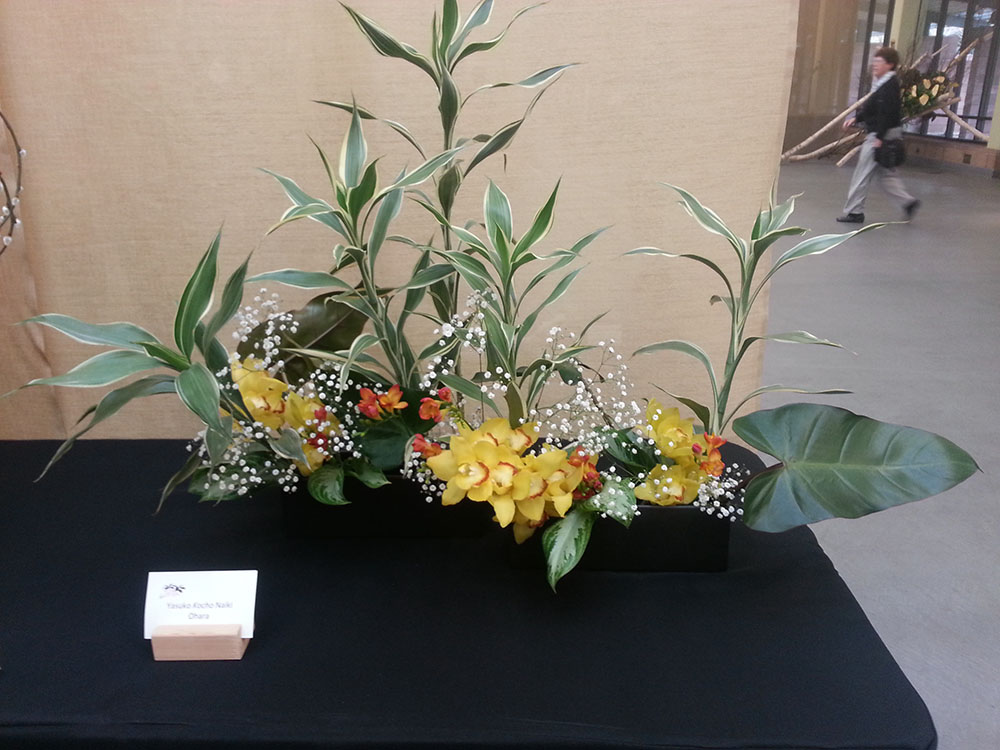
- Founded around the opening of Japan in the late 19th century by Unshin Ohara. His Great-Grandson now is the Sensei of the Ohara school
- Emphasis on empty space
- Introduces Moribaba Style (wide, shallow vases)
Wafu School (Founded 1896)
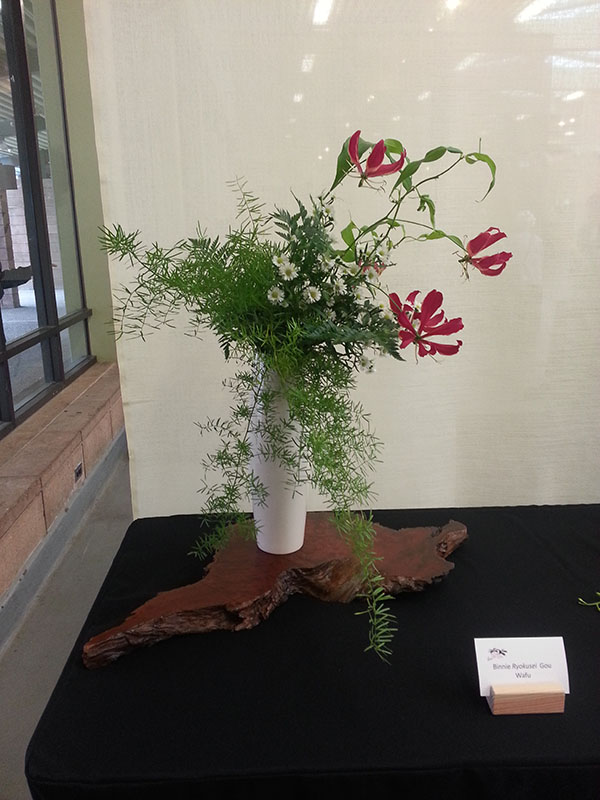
- Founded in 1896 by Wafu Teshigahara
- Emphasises natural beauty in natural state
- Harmony between the flowers, container, and environment
- Individualistic: “Arrange the flowers that you like, in a container that you like”
Sogetsu School (Founded 1927)
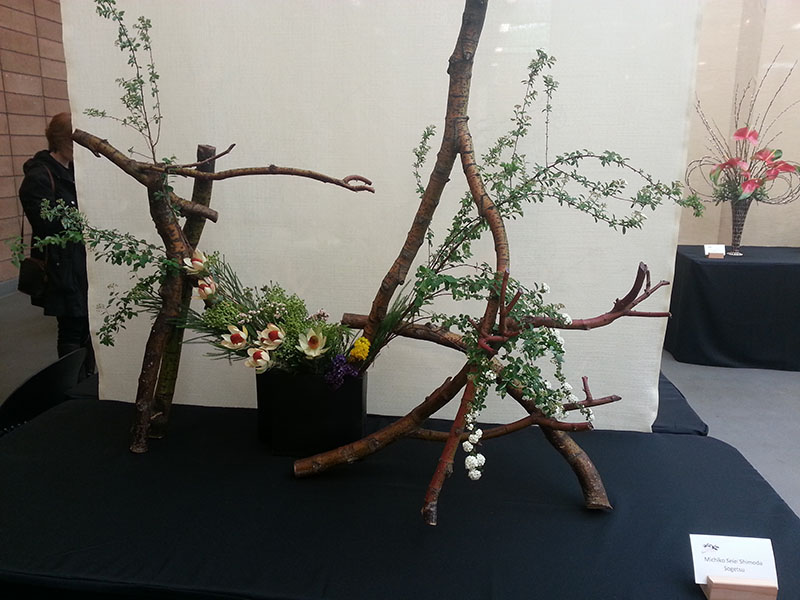
- Founded 1927 by Sofu Teshigahara
- Recognized Ikibana as an art form, to be enjoyed anytime, anywhere, with any material (break with tradition)
- Emphasises individuality
Chiko School (Founded 20th century)
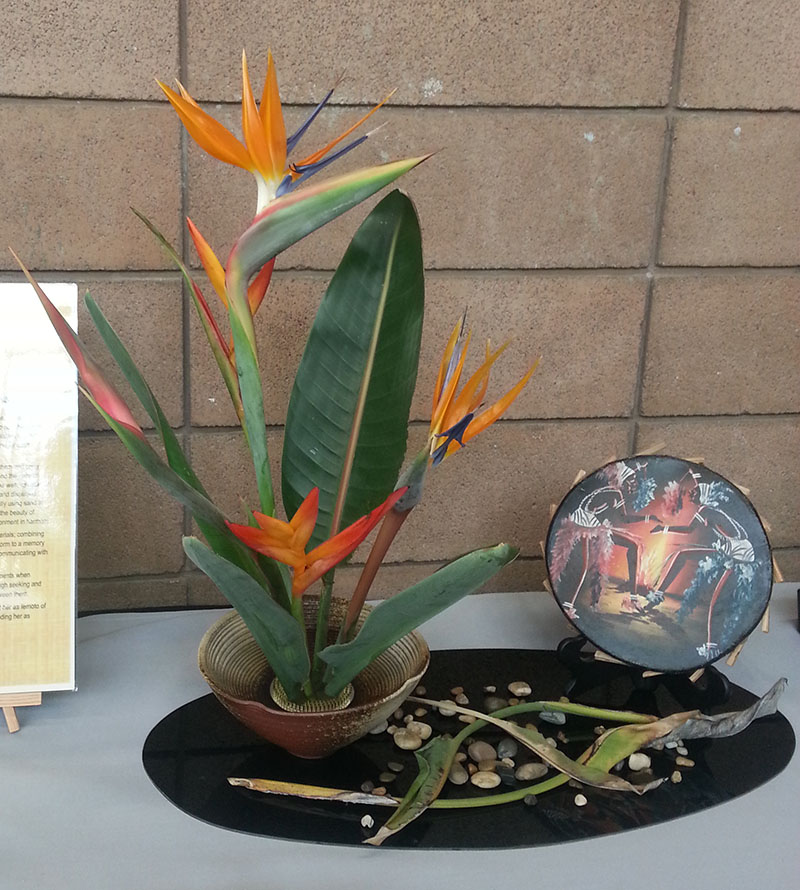
- Founded in 20th Century by Kau Naruse (Female!), whose grand-daughter now runs the school
- Emphasizes the 5 Pleasures of Ikebana
- Looking for materials
- Combining flowers with objects
- Entering into an imaginary world and giving form
- Making an arrangement tell a story
- Communicating to others
Aratame School (Founded 1993)
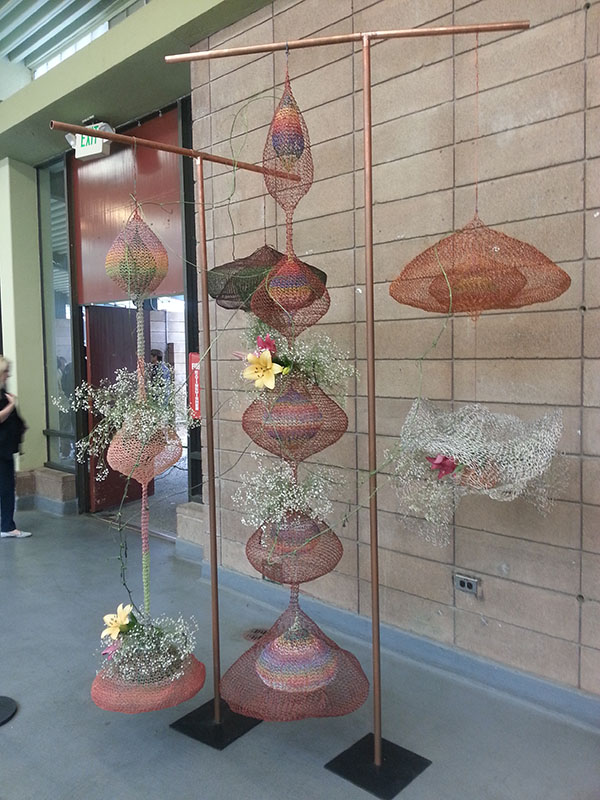
- Founded in 1993 by Seigyo Aratame (also an architect)
- Mentored by a Wafu Sensei
- Although built on tradition, many arrangement arise out of trends reflecting modern life
To demonstrate the different styles, the show organizers asked each school to create an arrangement using the same materials. The image below shows the arrangements. Can you pick out which arrangement belows to which school?
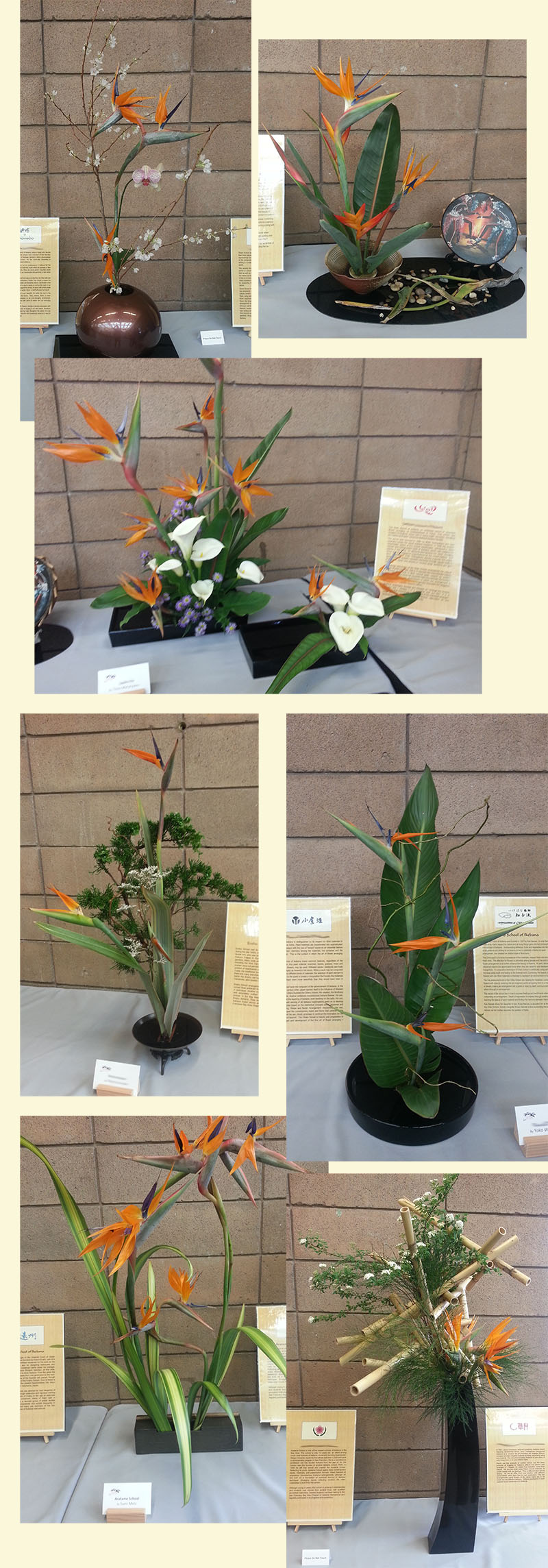
From top left, in order: Ikenobo, Chiko, Wafu, Enshu, Ohara, Aratame, Sogetsu